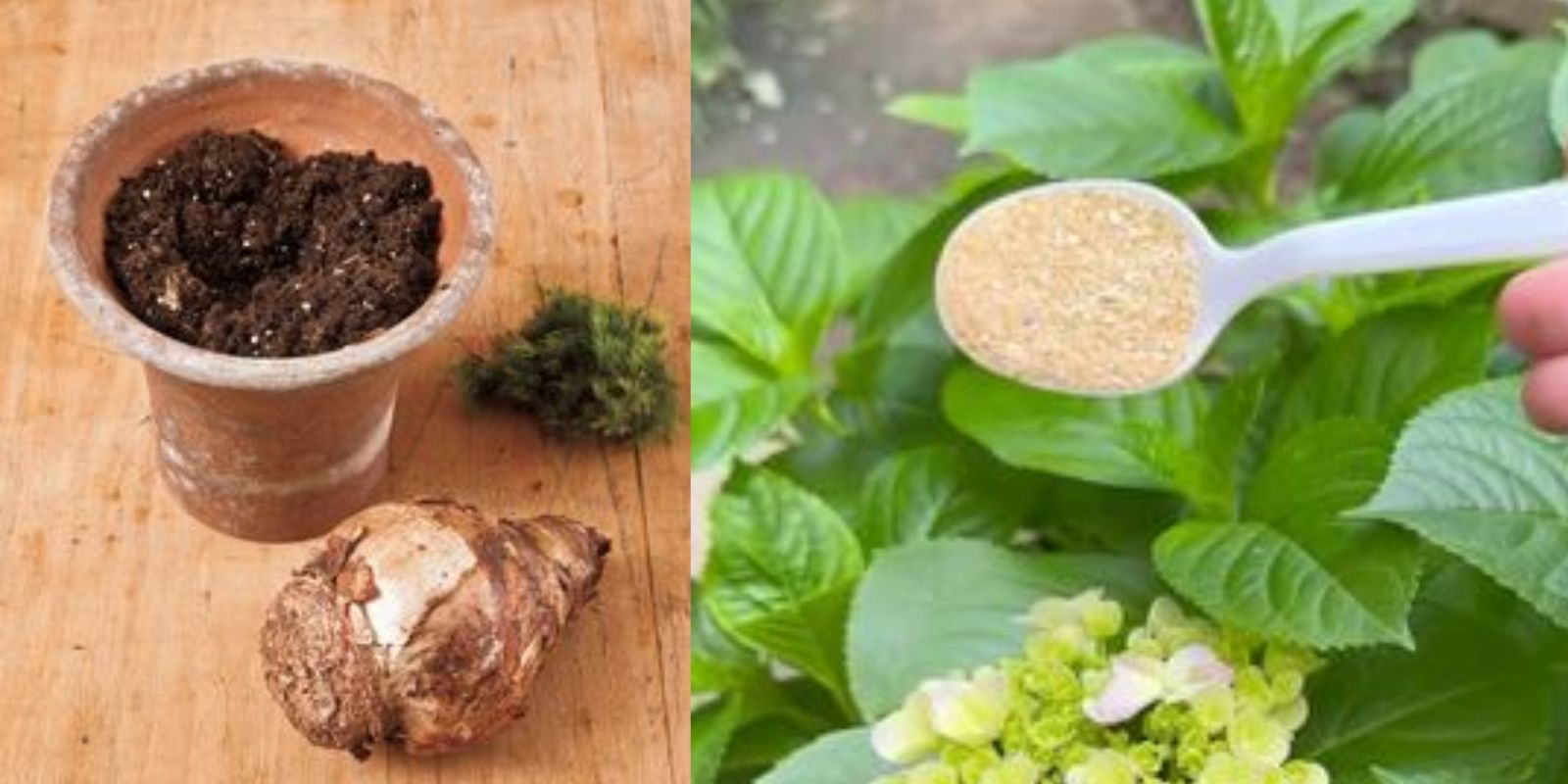Are you looking for a quick and effective way to revitalize your indoor or outdoor plants? If so, you’re in for a treat! With just a little effort and the right approach, you can transform your greenery and encourage them to bloom beautifully in just one week. In this article, we’ll explore the simple steps you can take to ensure your plants thrive, as well as the science behind this method.
The Importance of Proper Care for Plants
Plants, like all living beings, require specific nutrients and care to flourish. They depend on soil quality, adequate sunlight, and the right amount of water. However, many plant owners often overlook the importance of feeding their plants with the proper nutrients. This is where our technique comes into play: a little boost can go a long way in promoting healthy growth and vibrant blooms.
Understanding Plant Needs
Before diving into the steps, it’s crucial to understand what your plants need:
1. Watering Requirements
Plants require water for photosynthesis, nutrient absorption, and overall health. However, overwatering can lead to root rot, while underwatering can cause stress and stunted growth. Finding the right balance is key.
2. Nutrient Supply
Plants absorb nutrients from the soil, but sometimes, they need a little extra help. Fertilizers provide essential nutrients like nitrogen, phosphorus, and potassium, which promote growth and flowering.
3. Light Conditions
Different plants have varying light requirements. Some thrive in bright, direct sunlight, while others prefer indirect light or shade. Knowing your plant’s light needs is essential for their well-being.
Steps to Make Your Plants Bloom in Just One Week
Now that you understand your plants’ needs, let’s dive into the steps you can take to promote blooming with just a little care!
Step 1: Select Your Plants
Start by choosing the plants you want to revitalize. This could be indoor houseplants, outdoor flowers, or even herbs in your garden. Look for plants that are healthy but may be lacking blooms or showing signs of stress.
Step 2: Prepare the Solution
To give your plants a much-needed boost, you’ll need to create a nutrient-rich solution. Here’s how:
- Choose a Fertilizer: Opt for a balanced liquid fertilizer that contains essential nutrients. Look for a fertilizer with an N-P-K ratio (Nitrogen-Phosphorus-Potassium) suitable for blooming, such as 10-10-10 or 20-20-20.
- Mix with Water: Follow the instructions on the fertilizer package to dilute it properly. Typically, you’ll want to mix one tablespoon of fertilizer per gallon of water.
Step 3: Water Gently
Now that you have your nutrient solution ready, it’s time to apply it to your plants.
- Pour Carefully: Use a watering can to gently pour the solution at the base of each plant. Be careful not to saturate the leaves, as this can lead to burning or disease.
- Use the Right Amount: You don’t need to drown your plants. A little goes a long way, so aim to saturate the soil without flooding it.
Step 4: Monitor Growth
After you’ve applied the nutrient solution, keep an eye on your plants over the next week. Here are a few things to look out for:
- New Growth: Watch for new leaves or stems emerging from your plants, indicating that they’re responding well to the treatment.
- Color Changes: Healthy plants often display vibrant green foliage and colorful blooms. Look for any changes in color that suggest improved health.
- Blooming: Within a week, you should start to see buds forming or flowers beginning to open, signaling that your plants are flourishing.
Step 5: Enjoy the Blooms
After a week of care, take a moment to enjoy the transformation of your plants. Their vibrant blooms and healthy growth will not only beautify your space but also boost your mood and sense of accomplishment.
Additional Tips for Success
To maximize the benefits of this simple technique, consider the following additional tips:
1. Be Consistent
While this method can yield quick results, consistency is key for long-term plant health. Consider repeating this process every few weeks during the growing season to maintain vibrant blooms.
2. Adjust Light Conditions
Make sure your plants are receiving the right amount of light. If necessary, move them to a brighter location or provide additional artificial lighting for indoor plants.
3. Monitor Soil Quality
Healthy soil is crucial for plant growth. Regularly check the soil for compaction or nutrient depletion, and consider repotting if necessary.
4. Watch for Pests
Keep an eye out for pests that can harm your plants. Early detection and intervention can save your plants from significant damage.
5. Prune Regularly
Regular pruning helps maintain plant health and encourages new growth. Trim dead or yellowing leaves to promote vitality.
Why This Method Works
The reason this simple method is effective lies in the combination of water and nutrients. When you pour a little nutrient solution into the soil, it provides immediate access to essential elements that plants need for growth. This quick boost can stimulate cellular processes, leading to faster growth and blooming.
The Role of Fertilizers
Fertilizers work by supplying vital nutrients that plants may lack in their environment. Nitrogen promotes leafy growth, phosphorus encourages root development and flowering, and potassium supports overall plant health and disease resistance. By providing these nutrients in a concentrated form, you give your plants the edge they need to thrive.
Conclusion: Get Started Today!
Transforming your plants and watching them bloom can be an incredibly rewarding experience. With just a little effort and the right technique, you can revitalize your greenery and enjoy vibrant blooms in just one week. So gather your supplies, choose your plants, and get started today! Your plants—and your space—will thank you for it. Happy gardening! 🌿✨

